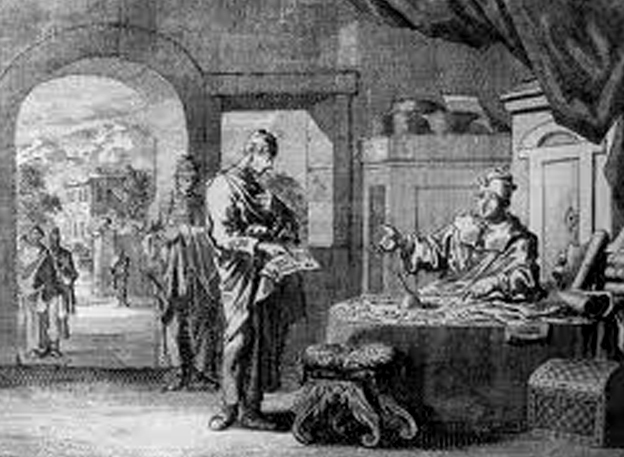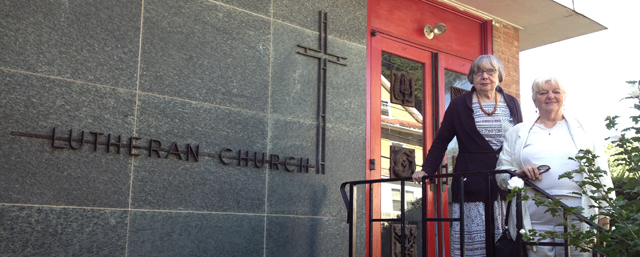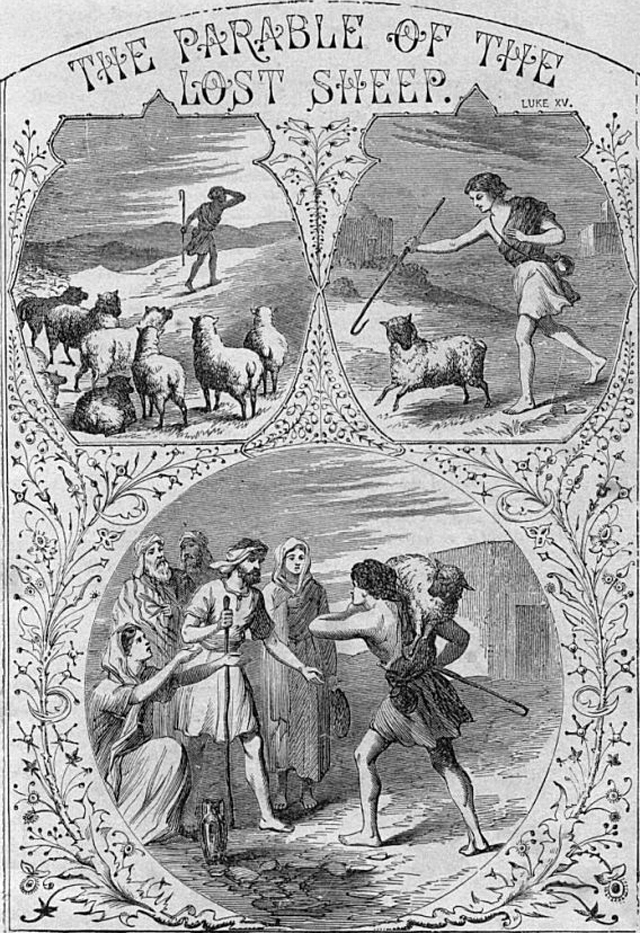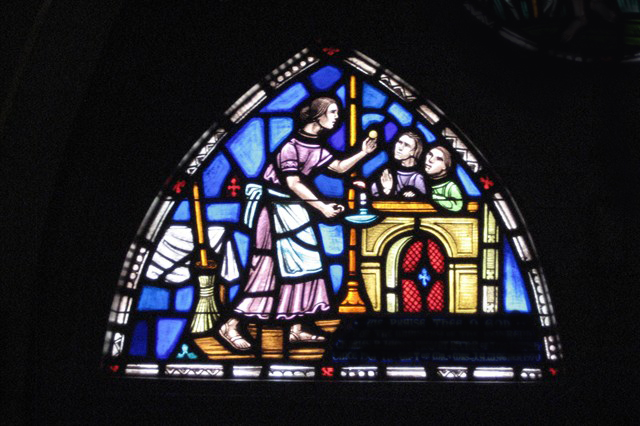 The Power of Blogging Is in the Thinking
The Power of Blogging Is in the Thinking
Very few churches have blogs. Some pastors start one but usually give up after a month or two. Results are not immediate and other things take precedence.
That’s a shame. There is transformational power in blogging regularly—daily if possible.
Why don’t more congregations start blogs?
There are four major roadblocks.
-
Because blogging is new and untested.
-
Because it is work.
-
Because no one knows who should do it.
-
Because they don’t know how to start.
-
Because it’s not in the budget.
When a congregation can overcome these roadblocks, they will have created a valuable mission tool.
People blog with the hopes of being read. For some bloggers, it is enough to have a readership of a dozen colleagues. Others strive for bigger numbers.
Numbers aren’t that important in evaluating other church activities. Many churches are pleased to reach fewer than 50 people each week in church—and we keep doing this without question!
Our 2×2 blog, a project of Redeemer Lutheran Church in East Falls, has about 200 readers each day between subscribers and “unique” visitors. (We consider you all “unique”) 
We consider ourselves just starting out. There is great potential.
To reach people is certainly a goal. We reach more people today than when we had our own brick and mortar church. (That doesn’t mean we wouldn’t like our church home back, please.)
At the end of our first year of blogging, our average daily readership was 25. Today it’s more than 100 with another 100 or more subscribers.
We have been blogging for two and one half years now. I can say “we” because, although I am the “voice” of 2×2, our members are very involved. They discuss 2×2, they send ideas they’d like to see posted. They encourage. They prod. I just shape and organize the voice of our congregation.
As we grow 2×2 we are discovering that the daily exercise of blogging benefits US. We are becoming more conscious of our faith. We have become a thinking congregation.
That may, in some congregations, be the role of a pastor—to lead congregational thought. But we haven’t had a dedicated pastor since 2006—and maybe that’s why we were able to pioneer our blog.
Blogging has become part of our parish discipline. There is something magical about putting ideas into words and taking care in publishing them—especially when you know that people are looking for ammunition to use against you. We know how Paul might have felt!
Blogging forces us to think through issues, be careful with facts, anticipate objections and reconcile them in our thinking before we publish.
We write about issues in the church and we do so with passion. When we visit other churches we sense that the people are only marginally aware of church issues. The Church cannot witness effectively when its people exist in marginal awareness.
Perhaps the real value of blogging is in understanding scripture.
Spreading the Word is part of our congregational mission. And it drives our traffic. We write about scripture as much as we write about anything. 600 people find our website every week when they search for scriptural help.
Through our blog, we explore scripture before Sunday and after Sunday. It has become our own educational curriculum.
Clergy are aware of the liturgical year and the corresponding three-year lectionary cycle and how the various scriptures weave together in telling the greater story.
However, in many churches, the weekly scriptures are “sprung” on worshipers. They may be unaware that we are in Lectionary Year A, B or C or how the four weekly passages relate to one another. The pastor comments on usually just one of the scriptures for 20 minutes.
We use our blog to expand the experience of scripture. We begin writing about next Sunday’s scripture on Monday or Tuesday. We usually have two posts before Sunday arrives. Everyone knows what scriptures will be read when they come to church on Sunday. It is not unusual for our members to discuss them before worship begins or as we drive to one of our visits.
We are not hearing the Sunday scriptures for the first time during worship. When the pastor begins to preach, he or she is adding to our experience. We record our Sunday experience on our blog and can build on that experience.
And so our understanding of scripture becomes more central to our lives, and we can apply it to our secular endeavors seamlessly.
Blogging makes you think.
How do you overcome the roadblocks?
Get started. Start by posting twice a week and build.
If you dedicate yourselves to blogging for one year, you will never want to give it up.
2×2 has written extensively on social media for churches. Just type a topic into our site search engine to find help in getting started. Or contact us. We want other churches to harness this tool. We’ll be glad to help.
A Few Related Posts (of many)
23 Advantages for Churches Using Social Media
Why Would Anyone Read A Church Blog?


















